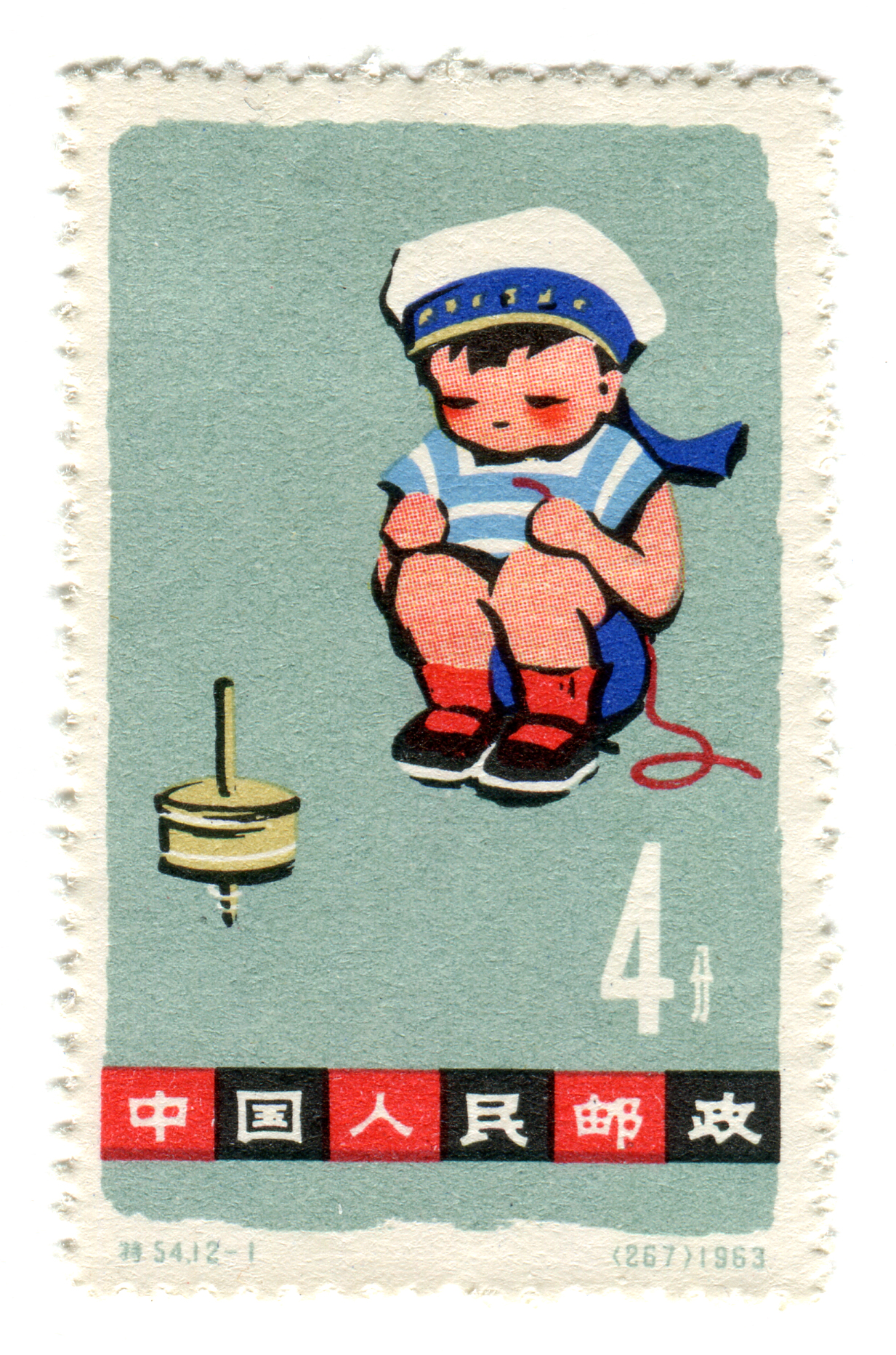
|
| photo via @LettersofNote |
While you could always go to a hospital directly to ask about sending things to their children's ward, below are several sites that help to send cards in an easy way that keeps paitent's privacy intact.
Post Pals (US site | UK site)
Hugs and Hope
Love Letters: Random Cards of Kindness
Send Kids The Word
Sending a card is easy and inexpensive, but it can make a big difference to the kids opening them up. Still, it can be hard writing to someone you've never met before. While each program has specific requirements for what should or should not be sent to these children, here are some basic Do's and Don'ts when writing your letters:
Do read the child's bio information, if one is provided. This will generally help you find something to talk about as they often list the child's age and interests. Most also give some details about the child's illnesses and any restrictions, or limitations that child may have.

photo credit: karen horton via photopin cc
Do send funny or happy cards! Since the goal is to provide support and joy, keeping the message of anything you send upbeat is a good rule of thumb.
Don't send any message with phrases like "Get Well" or "Feel Better Soon." Sadly, for many of these children, their condition is terminal, and they will not "get well" or "feel better." Even for children whose prognosis is not so dire, being told to "get well" can feel more like a burden when they are struggling each day. Instead, use phrases like "Thinking of You" or "Wishing you well" or "Hope you're having a good day."
Do feel free to send things beyond a letter. Cards, postcards, coloring pages, photos and stickers are always fun. Larger items, such as a care package, may be sent through most of the programs. However, any items, especially stuffed toys, should be new to avoid risk of infection. This is also where reading any provided information about the child may be important; make sure what you send can be used by the child. A coloring page is of little use to a child who cannot use their hands, and an audio message won't go over well if the child is deaf.Additionally, avoid sending flowers or edible items, as many patients, family members, or roommates may have allergies and/or may be in wards that prohibit such items being brought in.
Don't send anything depicting or talking about religion, including biblical or other sacred text quotations, sentiments like "praying for you," or any zodiac references. These programs send to children of many different religious backgrounds, and regardless of the sincerity of any such sentiments you express, seeing these may be upsetting to the child or family.
Do feel free to write about your family, or tell a story, or share a joke.
Don't expect a reply. While some of the above sites may ask for some sort of contact information (usually an email) in case parents want to say thanks, there is only a minimal chance of getting a reply. Dealing with serious illness is time consuming and stressful. Not needing to reply relieves both the child and parent of a burden.
Do consider sending mail to the patient's siblings as well as to the patient, if information about siblings is provided. Family members are also generally under a lot of stress during times of family illness and for other children in particular they may be experiencing a lot of uncertainty about the changes to their family's situations. Some children may even feel left out or forgotten when their sick brother or sister is getting a lot of mail and they are not.
Do respect family's privacy. Many of the programs do not share the child's last name and most use forwarding addresses, rather than home addresses. Part of this is because a child may be home one month, in a hospital another. Part of this is obviously for privacy. There should be no reason to need any other address.

photo credit: karen horton via photopin cc
Don't share a child's story, or mailing address with others. If others want to help or you want to spread the word, please send people to the programs' homepages. There are many reasons for this, the most important being information is updated through these programs. This has impacts from big to small. A child grows older and their interests change. A twelve year old might not like Barney anymore, after all. Far more seriously, it could be very distressing to families to receive such letters after a recovery has been made- or worse, after a child has passed away. Encourage others to help AND to stay as updated on the kids they want write to as possible.
These suggestions can seem overwhelming, but it is simple. You are writing to a child. Make them smile, make them happy. A kind word, a funny story, a pretty picture- and suddenly, it's not so hard at all.




Wow! This is so enlightening. Thanks for writing such a thorough post on this topic. I really didn't know there were organizations where you could write to a sick child. It's a really sweet idea.
Reply Deleteso thoughtful and well put! thanks for doing this.
Reply DeleteI'm glad you liked it!
DeleteAlso- I'm excited to see your new blog. Do you have it up yet?